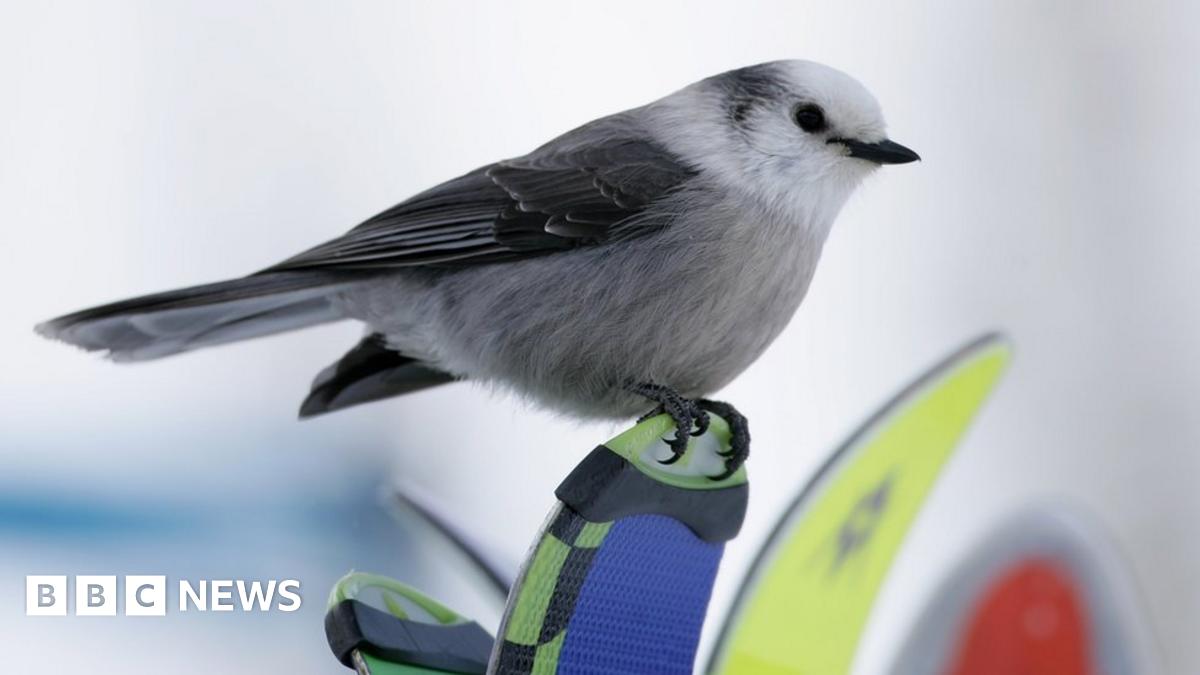Saltmarsh Sparrows are amongst the species of highest possible preservation concern in the Northeast as a result of habitat loss from water level rise and human advancement of seaside habitats. Their nests are highly at risk to flooding during high tides. © copy; Dave Krueper
One of the specifying ecological challenges of the 21st century is climate modification. Increased temperature levels, even more severe weather condition occasions, transforming moisture levels, and rising water level are impacting eco-friendly procedures, which consequently influence the circulation, wealth, and survival of several microorganisms, including birds and people. These adjustments can adversely influence bird survival throughout the yearly life-cycle. Birds in every terrestrial and marine environment will certainly be affected, although private types in each habitat are most likely to react in different ways.by link https://teampiersma.org/ website
The degree to which birds can adjust to additional environmental modification depends upon a suite of biological attributes amongst species in addition to the level of sensitivity of the environments on which they depend. Some birds respond swiftly to changing settings by changing their circulations; such distributional shifts are currently well documented for both migratory and resident species. Some species might not be able to make such changes.
Exactly how worldwide warming will certainly influence the distribution of birds in the coming millennium is a question of vital importance to those curious about biodiversity.
– Dr. Blair Wolf, College of New Mexico
Based upon the vulnerability evaluation in the 2010 State of the Birds Record on Climate Modification, a number of groups of types become specifically susceptible to altering climate in the next decade. In some cases, this brand-new evaluation increases the seriousness for safeguarding environments for Watch List types already vulnerable because of various other factors. In various other situations, it highlights extra types not formerly thought about vulnerable with Watch Checklist classification.
Every one of our predictions pertaining to the effects of climate adjustment on bird populaces are based upon complex environment designs, as well as just as complex models of the life histories of birds. At the same time, documented changes in bird circulations represent some of the greatest evidence that climate modification
results are already occurring. Info to enhance our capability to comprehend and forecast the impacts of environment modification on birds is urgently required, consisting of:
- Enhanced, standardized techniques for examining which types, suites of varieties, or habitats are most at risk to climate modification, including info about sensitivity, exposure, and adaptive ability;
- Even more study on types phenology (i.e., the timing of seasonal modifications in plants and animals) and exactly how climate modification may affect communications in between varieties, habitats and resources;
- Incorporation of demographic specifications (e.g., birth, fatality, and migration rates) into bird-habitat-climate versions; and
- Long-term surveillance programs to record modifications climate, actions of species and environments to climate change, and to ground-truth anticipating designs.
PIF RECOMMENDED ACTIONS:
- Shield native plants to withdraw carbon and minimize greenhouse gases.
- Shield and restore coastal salt marshes and assist in migration of marshes inland.
- Develop hallways of excellent quality habitat, especially along elevational and latitudinal slopes, to permit specialized types to move circulation.
- Review eco-friendly energy tasks in consideration of delicate habitats and migratory flyways to minimize unexpected influence on birds.
- Shield crucial surface water sources, especially in riparian and aridland environments.
- Focus on decreasing habitat loss and degradation as the primary danger to the majority of bird types.
 Climate Effect On Landbirds |



